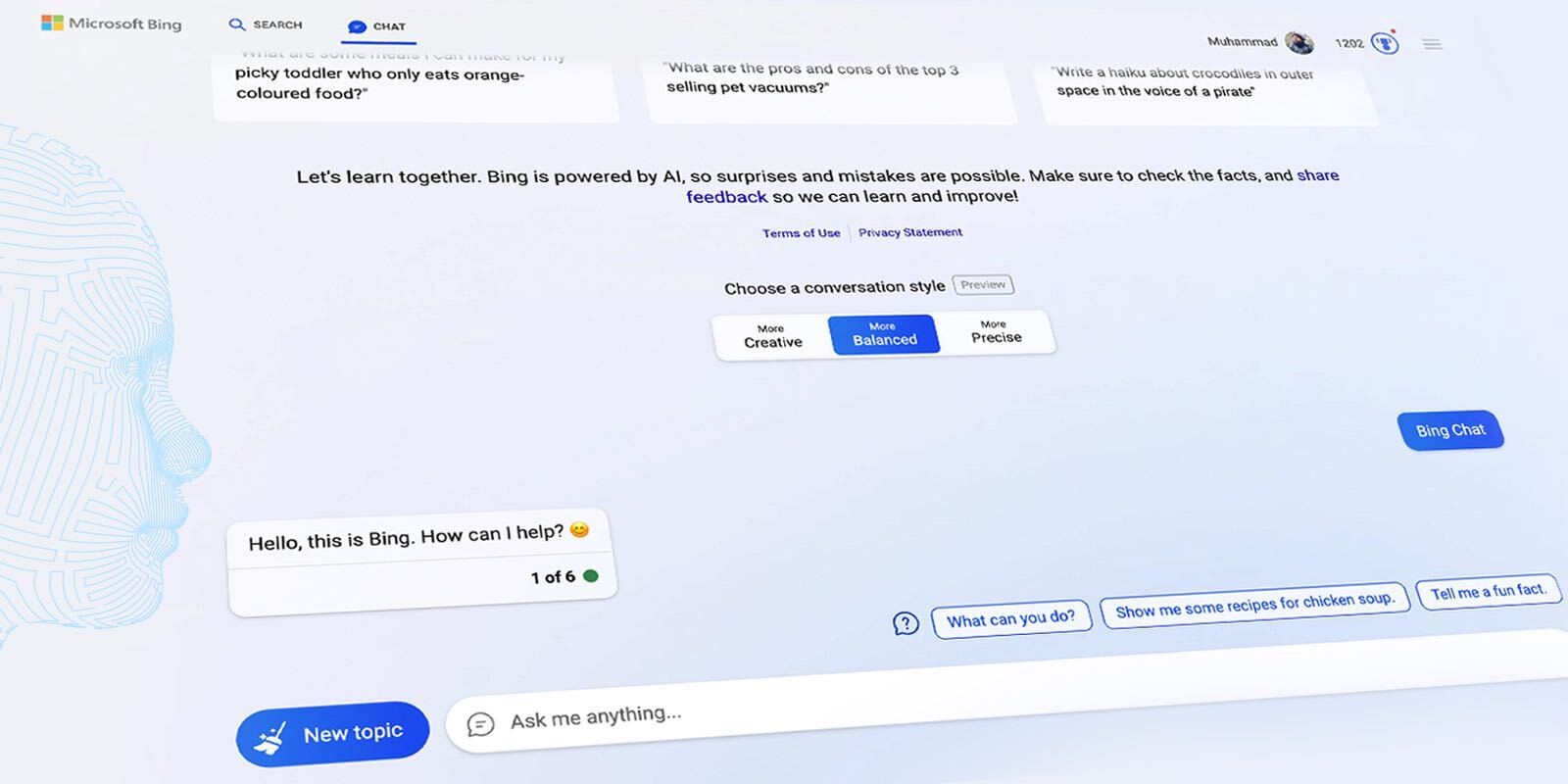Microsoft has finally added personality to its Bing AI Chat. Users can now toggle between different response styles.
Mikhail Parakhin, the Web services chief, stated that 90% of Bing preview testers should now be seeing these toggle options.
“Now almost everyone – 90% – should be seeing the Bing Chat Mode selector (the tri-toggle). I definitely prefer Creative, but Precise is also interesting – it’s much more factual. See which one you like. The 10% who are still in the control group should start seeing it today.”
Mikhail Parakhin, Twitter
The new toggles let users switch to three different response styles: Creative, Precise, and Balanced.
After testing the new personality options as a previewer, I can say that the Creative is more fun, however, other toggles have their own importance.
The Creative option will give users more imaginative and fun responses, while the Precise option will provide short, to-the-point answers. The Balanced setting aims to provide a middle ground between the two.
Microsoft had initially limited the Bing AI’s responses after early users experienced strange behavior during long chat sessions. Later, the restrictions proved even more annoying for users, including myself, as the chatbot would simply decline to answer some questions.
Since then, Microsoft has been gradually lifting limits and recently updated the AI to reduce both unresponsiveness.
The new feature aims to strike a balance between providing users with a fun and engaging experience while ensuring that the AI remains focused and provides accurate responses. With the new toggle feature, users can choose the response style that best suits their needs and preferences.
It’s good to see Bing chat back, as users were initially disappointed by Microsoft’s character limits. The new personality feature for Bing AI Chat is a step towards providing users with a more personalized and enjoyable experience.
The company is working rapidly to make the AI integration more robust as they recently released the integration in Windows 10, and 11 search as well as some Microsoft-powered apps. However, it’s important to note that Google’s Bard is still missing from the picture, especially after the failure which ended up giving company a huge loss.




Share Your Thoughts